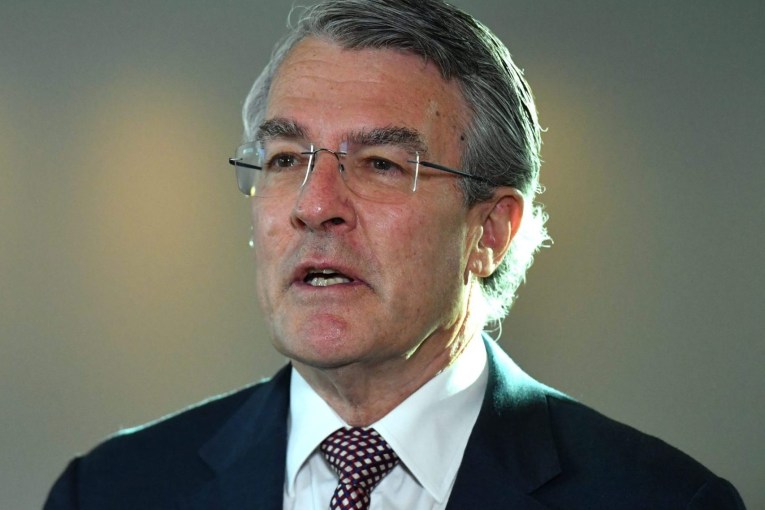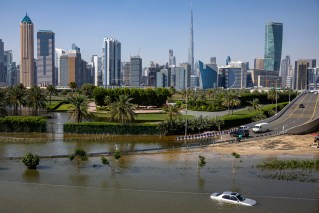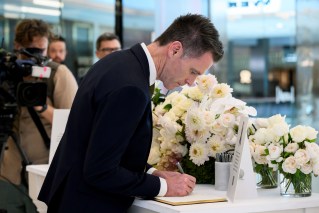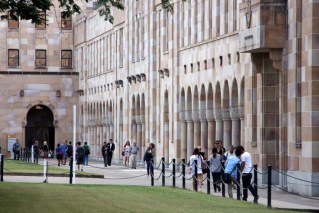Southeast Queensland is getting bigger, but not so fast
Development will bubble along, rather than boom, with fewer new arrivals in international airports and maternity wards.
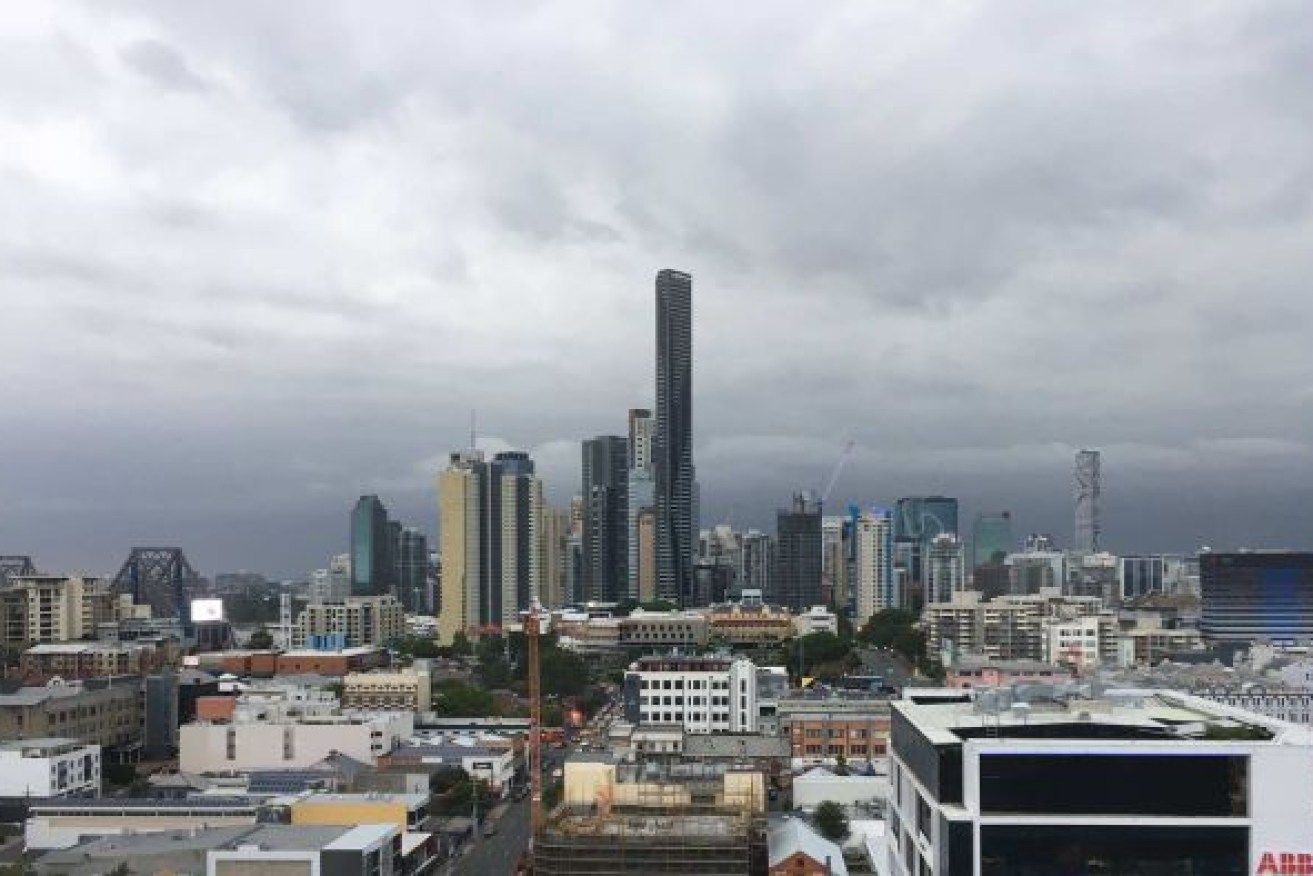
South-east Queensland's growing pains are expected to ease. Photo: ABC
In a budget estimates committee hearing, the Liberal National Party asked whether planning documents were being rewritten to reflect the slowdown of population growth.
Treasurer Cameron Dick has talked up Queensland taking on a larger share of interstate population growth however it has been offset by a decline in other areas.
Deputy Premier Steven Miles told the hearing overseas migration normally made up almost 40 per cent of overall population growth in Queensland. With international flights restricted during the pandemic, overseas migration has all-but ceased.
“Domestic migration will need to overcome both the collapse in overseas migration and a projected reduction in the natural increase in population,” Miles said.
“Apparently there is a phenomenon of people delaying having children due to COVID, so that is having an effect as well.”
Data released by the Australian Bureau of Statistics today shows births were declining before the pandemic. In 2019, Queensland registered 161 fewer births than the year before.
Australia’s fertility rate has been lower than required for replacement since 1976, and in 2019 fell to 1.66 babies per woman on average – down from 1.97 in 2009 – which demonstrates the role now played by migration.
The government’s State Planner, Kerry Doss, said slowing population growth would provide “a bit of buffer in the system”.
“We have seen effectively more than a third of our population growth fall away and that means that the supply we have in the pipeline will actually last a bit longer,” Doss told the committee.
“From what we have seen from population modelling which came out in the federal budget, we will not see that catch up for some time.”
The capital works program outlined in the budget is still not as large as was rolled out after the Global Financial Crisis. However, south-east Queensland’s bid to host the 2034 Olympics depends on governments agreeing on major infrastructure upgrades, particularly to public transport services, intended to provide a lasting legacy for the region.
Doss said the next scheduled review of planning and zoning in urban areas would likely require no significant changes.
“We have a number of benchmarks under the South East Queensland Regional Plan which we track to ensure adequate land supply. One of those is having at least a 15-year supply of land that is zoned and able to be serviced for residential development,” Doss said.
“I can say, looking at the preliminary figures which will come out in our Land Supply and Development Monitoring Report, we have at least 15 years of zoned land supply throughout every local government in South-East Queensland. We have a second benchmark, which is looking at the number of years of approvals in the system. That is to have at least four years of approvals in place throughout South-East Queensland. We have that at the present point in time.”
